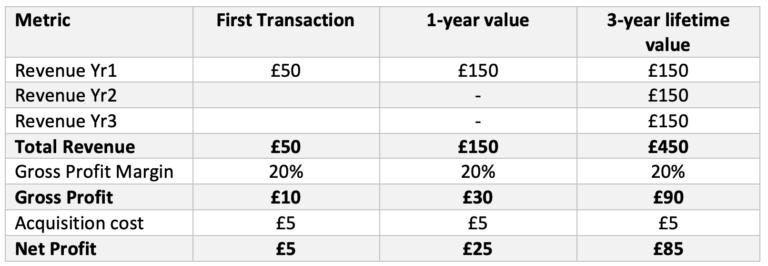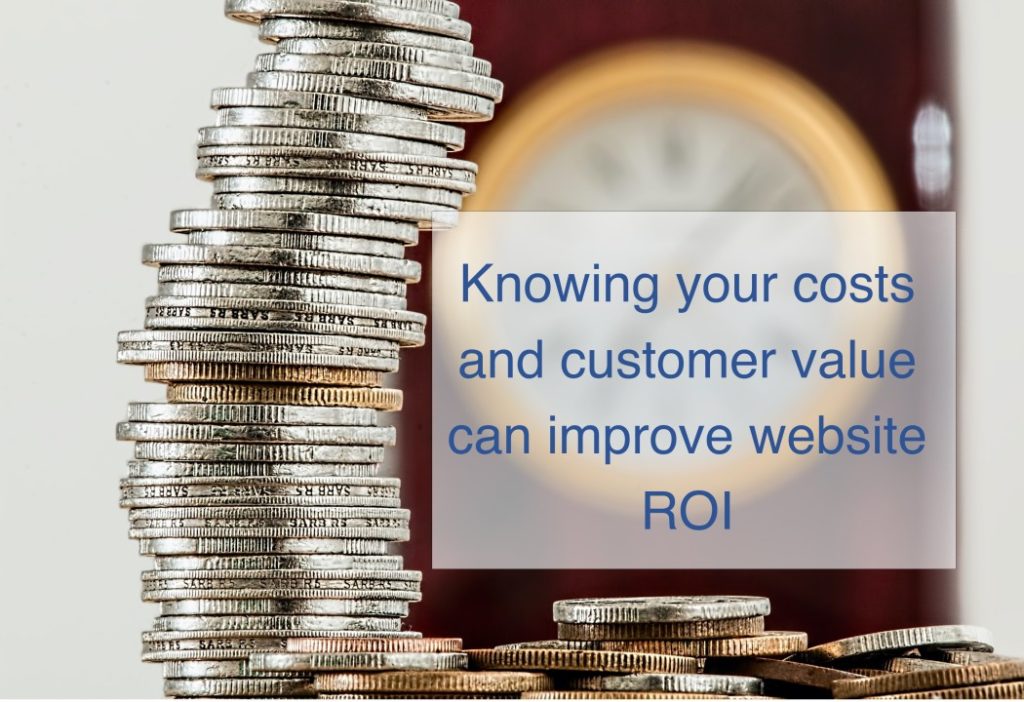Is your business getting enough business from your website?
For most organisations, the website is one of the key pieces of marketing investment they will make. And once it is built it needs continual effort to keep it relevant for visitors.
If not, there are many options in the market to help you to make improvements. Most of them involve encouraging more traffic to your website and these can have very large price tags.
- New website
- SEO activity
- Pay per click advertising
- Building a social media following
- Creating video content
But how do you know if this investment is a good use of your marketing budget?
“If people are coming to your shop and not buying, perhaps you should figure out why before you spend money to get more in the door.”
Understanding how your website operates and gives you value is essential before you drop a load of cash to increase visitor numbers. Without these insights you might be throwing good money after bad.
So, what do you need to do next?
Surprisingly, many businesses don’t have a clear idea of two key pieces of information.
1. What is their cost of acquisition? How much pay on average, to get a customer? Note that knowing this figure is a good first step and ok for this discussion.
Cost of Acquisition = Total of spent on acquiring customers ÷ Number of Customers.
2. Do you know the lifetime value of your customer
Lifetime value provides a much better sense of how much value the marketing budget is delivering for your business. Businesses profitability is the buy again of will renew their subscription.
Without this information, you will never get the nuggets of gold that will make your business more profitable.
If you have several products you will need to create separate lifetime values for each product you sell.
In essence the lifetime value you need to:
- Average order value per year: £50
- Number of transactions per year: 3
- Customer Lifetime: a typical lifetime is around 3 years.
- Gross Profit Margin: 20%
- Acquisition cost: £5.

Lifetime value enables you as a business to understand the value of acquiring a new customer. In this case, I have compared the lifetime value against a 1-year (and 3 transactions horizon). If it were compared simply on the first transaction, then the Net profit figure would only be a £5.
Having a short profit horizon would suggest that more money needs to plough into sales to obtain more customers. Whereas looking at the figures from the perspective of lifetime value, focusing on customer retention activities would serve the business much better.
Going Deeper into the Data
Segmenting your acquisition cost.
Although the example above gave a figure of £5 for acquisition costs, this is just an average and may hide significant differences between acquisition sources. As you can see here, paid traffic has the (e.g. Google Ads) highest cost of acquisition, so it might be appropriate to reduce the budget on paid traffic and transfer it the organic to improve ROI.

Include average order value by channel
But if we analyze a bit further, we find that as well as varying costs of acquisition, each traffic sources also have a different average sales value. This is quite typical and can be overlooked when analyzing sales effectiveness. When you include the average sales volumes and apply the standard profit margin the situation changes further because as with average sales volume included the value of the social channel is much higher and perhaps investing more budget here would yield much more potential business.
So, if stopped our Paid advertising and used this money to increase sales from social sources we could increase profitability significantly. The £150 budget for paid traffic will yield another 27 more sales from the social channel at the current cost of acquisition.
Without any change in budget but simply by using more effectively net profit has risen by 31%. In reality, I wouldn’t recommend switching budget in such an extreme way. Instead, gradually move the budget across over several months and monitor changes in profitability.
Take Away Points
To understand the value of the different traffic sources you use to obtain sales, it is important to:
- Segment your traffic sources: each traffic source has a different profile and you need to be able to separate these.
- You need to understand your costs of acquisition (and segment them by your sources of traffic).
- Understand the average value of the sales from each traffic source. Each source will bring you traffic of different quality such as the average value of each sale and a differing lifetime value of customers.
- Recognise that you are not just selling a product you are potentially building and long-term relationship giving you a much higher lifetime value.
In my next article, I will look at drilling down to segment the cost of acquisition further using product, traffic source, device, location etc.



